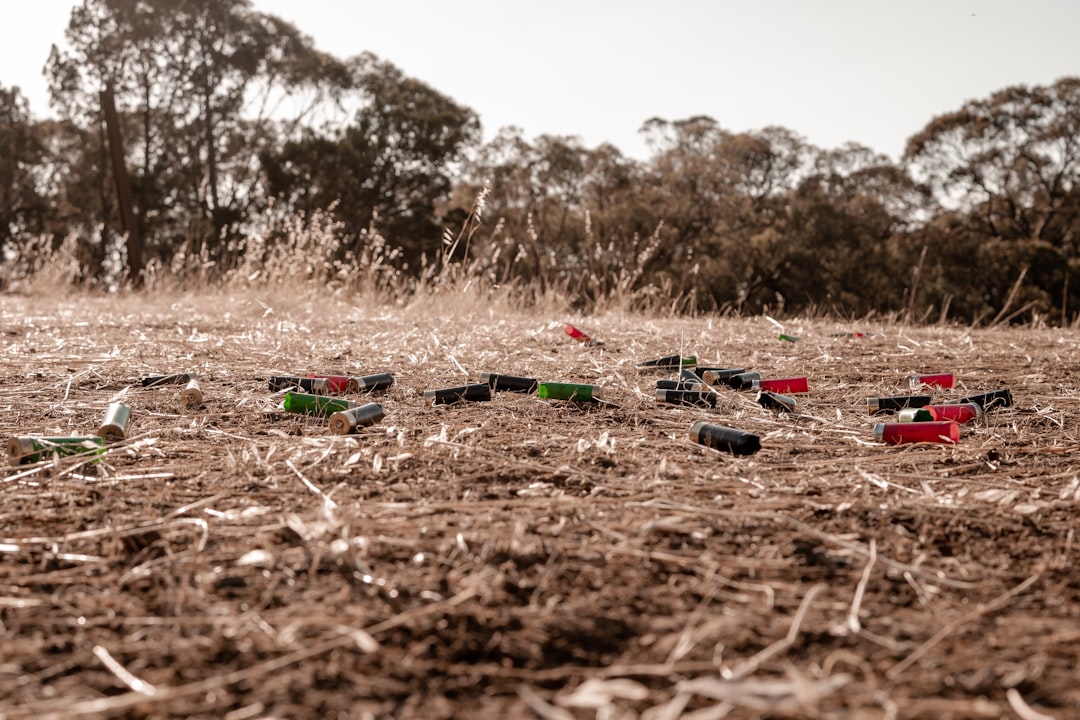What is it about?
Despite a bunch of limitations we were able to study the period from January to March 2009, during Arctic haze episodes. The aerosol sampler was situated close to an observatory on a mountain on Svalbard, the most northern Norwegian island, in the Arctic (at 79°N). For most of the days the air was rather clean and too little soot landed on our filters to carry out radiocarbon analysis, for which you need relatively big amounts, compared to other analytical techniques, since only one in 1012 carbon atoms is a 14C atom. Nevertheless, we managed to collect useful samples during 30% of the whole study period and it turned out that these where real pollution events. Together, these pollution events (during the 30% of the study period) made up 75% of all the black carbon pollution. Finally, the radiocarbon measurement results showed that there was quite some variability. We observed black carbon fractions generated through biomass burning (mainly wood) made up 40 to almost 100% in the single pollution events. Considering all events, our study shows that almost 60% of soot is from biomass burning.
Featured Image
Why is it important?
Soot affects the Arctic by heating the atmosphere, just as in the rest of the world. Apart from this it also accelerates ice and snow melt. After the dark particles land on the bright snow surface they help to melt it faster, eventually setting free the relatively dark sea or rock surface underneath the ice. And there we have it. A positive feedback loop, leading to further (amplified) snow and ice melt. This is btw. also observed in all other snow and ice surfaces and glaciers (think Greenland, the Alps & the Himalayas). Concentrations of soot are highest during Arctic winter/spring (January to May). Usually the air in the Arctic is so clean it contains too little particles to form steam or fog (clouds or fog can only form on particles).
Perspectives
Interestingly enough such high values of biomass fraction have not been observed by anyone else, thus far. Then again it is one of the first studies of 14C in black carbon in the Arctic. Almost at the same time that our study was published another Arctic black carbon 14C study was published as well.
Patrik Winiger
Stockholm University
Read the Original
This page is a summary of: Isotope-Based Source Apportionment of EC Aerosol Particles during Winter High-Pollution Events at the Zeppelin Observatory, Svalbard, Environmental Science & Technology, October 2015, American Chemical Society (ACS),
DOI: 10.1021/acs.est.5b02644.
You can read the full text:
Contributors
The following have contributed to this page










